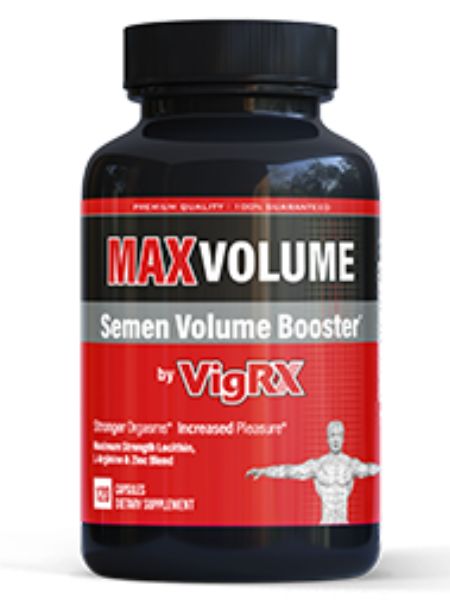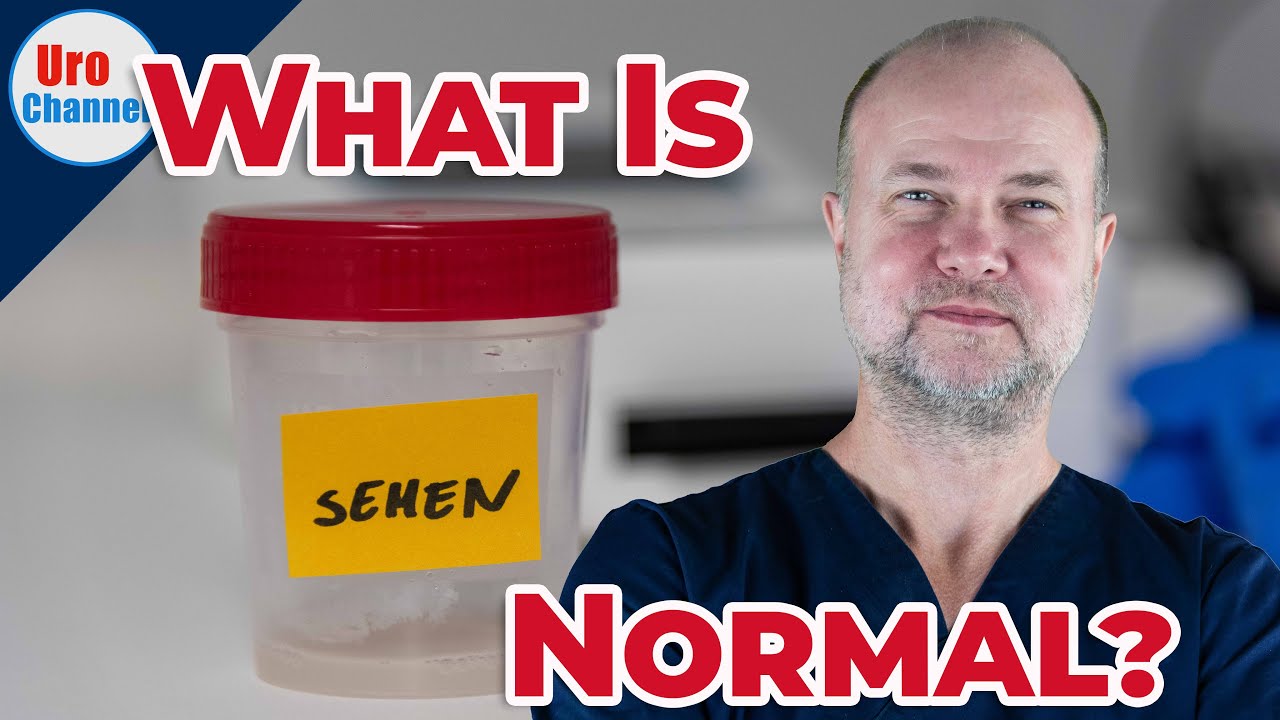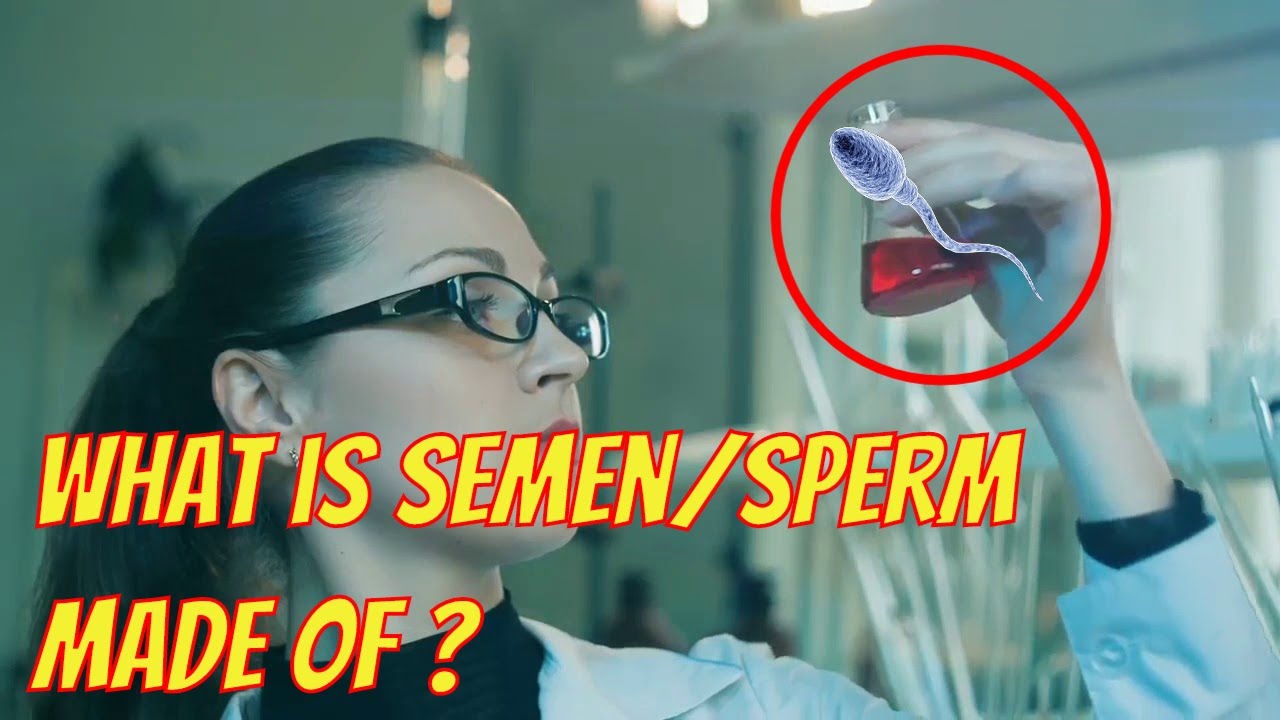Sperm and semen are two terms that are often used interchangeably, but there are differences between them. Understanding the differences between sperm and semen can help people better understand reproductive health and fertility.
A 100% Natural Way ToBoost Your Semen Volume
- Increase Semen Volume
- Boost Orgasm Intensity
- Skyrocket Sexual Satisfaction
What Is Sperm?
Sperm are the reproductive cells produced in the male testes. They are made up of a head, midpiece, and tail. The head contains the genetic material, while the midpiece and tail help propel the sperm forward. During ejaculation, sperm are mixed with seminal fluid (semen) to form semen.
What Is Semen?
Semen is a fluid that is released during ejaculation. It contains sperm and other substances, such as enzymes and proteins. The average volume of semen released during ejaculation is about a teaspoon.
Difference Between Sperm and Semen
The main difference between sperm and semen is that sperm are the reproductive cells, while semen is the fluid that carries the sperm. Sperm are produced in the testes and are stored in the epididymis until ejaculation. During ejaculation, the sperm are mixed with seminal fluid (semen) to form semen. Semen contains sperm, as well as other substances, such as enzymes and proteins.
Fertility
The number of sperm present in semen is an important factor in fertility. The average number of sperm per milliliter of semen is between 40 million and 300 million. A low sperm count is considered to be below 40 million sperm per milliliter. A low sperm count can affect a person’s fertility.
Uses
Sperm can be used for assisted reproductive technology (ART) procedures, such as in vitro fertilization (IVF). Semen can also be used in ART procedures, such as intrauterine insemination (IUI). Semen can also be used to diagnose certain conditions, such as the presence of an infection.
Nutrients
Semen contains a variety of nutrients, such as proteins, enzymes, vitamins, and minerals. These nutrients can help support sperm production and motility. They can also help nourish the female reproductive tract and provide energy for the sperm to reach the egg.
Conclusion
Sperm and semen are two terms that are often used interchangeably, but they are different. Sperm are the reproductive cells, while semen is the fluid that carries the sperm. Sperm are important for fertility, and semen contains a variety of nutrients that can help support sperm production and motility.


